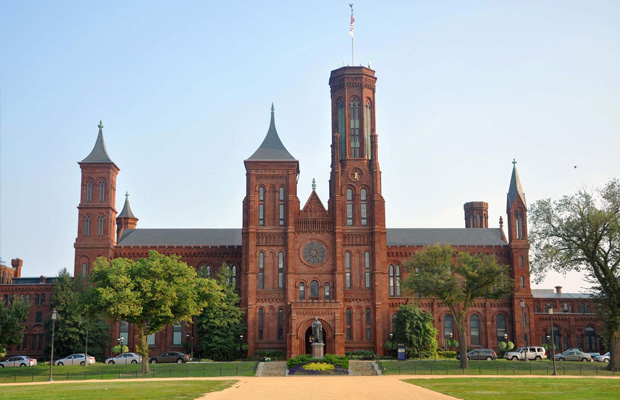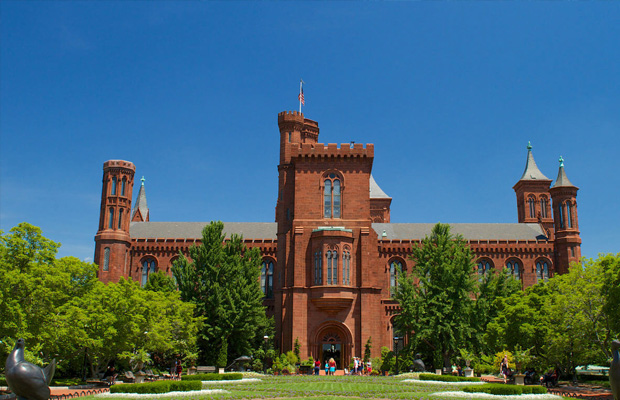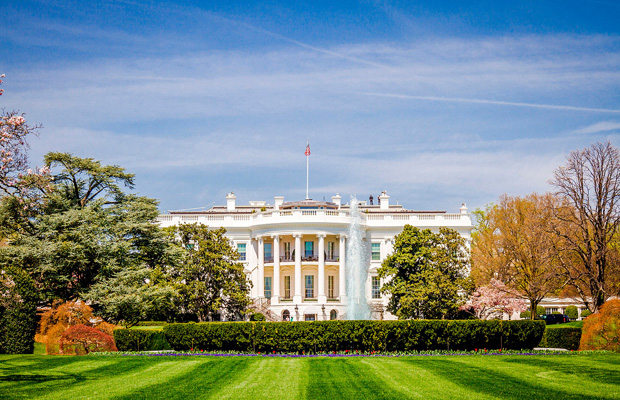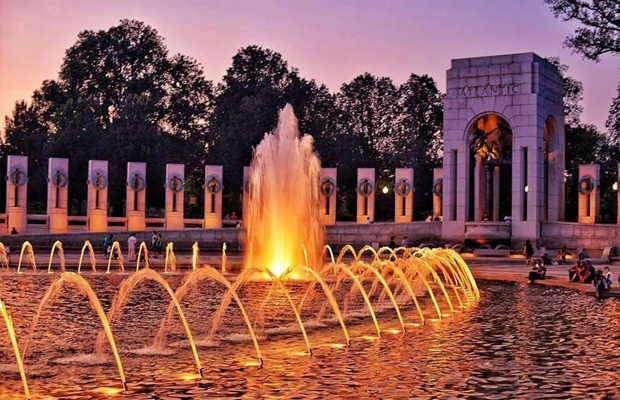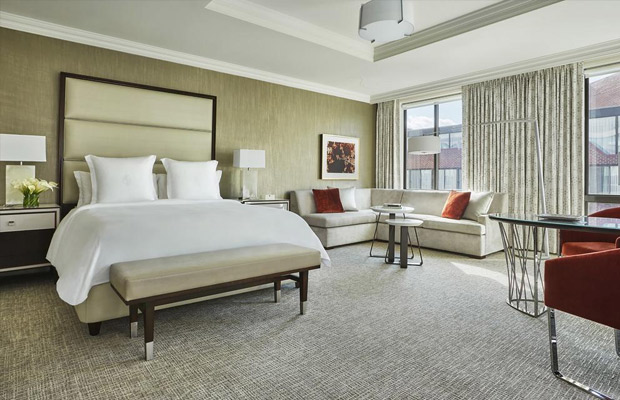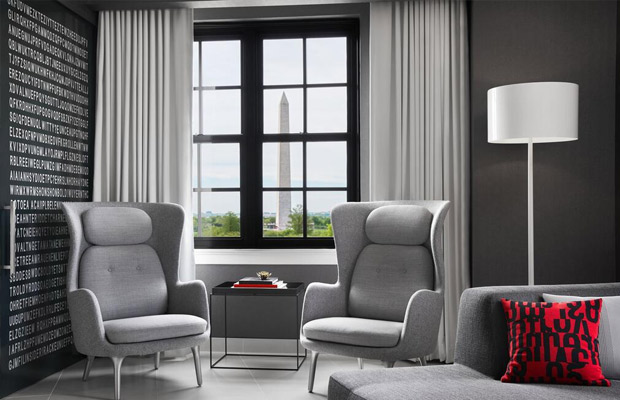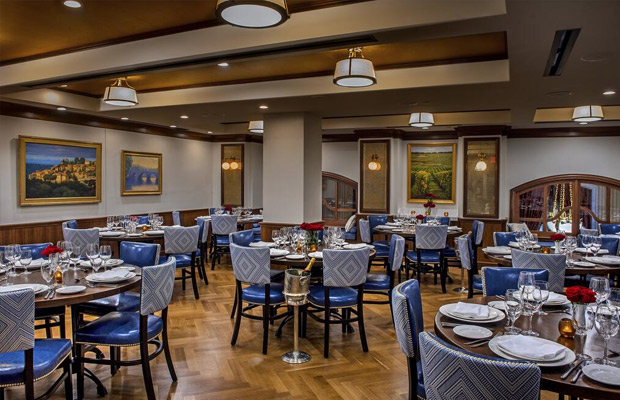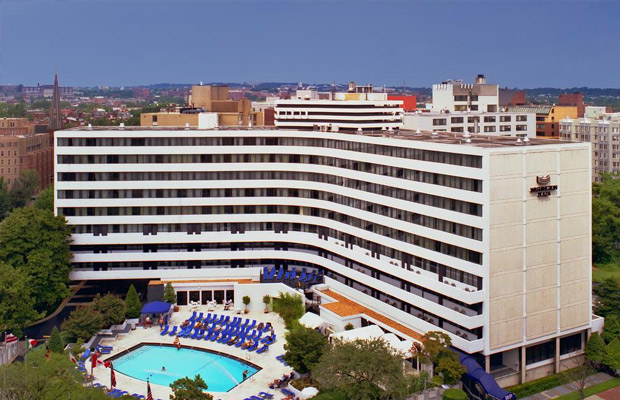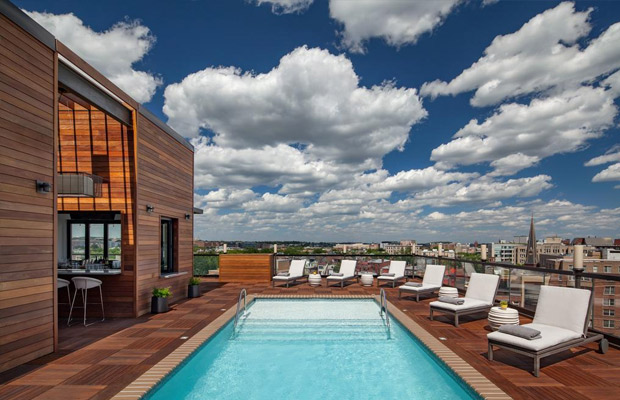Washington Union Station
Washington Union Station
USA
Washington DC
Washington DC Travel Guide
Book Tour & Activities
Your tour in Washington DC.
Book your stay
Your hotel in Washington DC.
Overview
Washington Union Station is a major train station, transportation hub, and leisure destination in Washington, D.C. Opened in 1907, it is Amtrak's headquarters and the railroad's second-busiest station with annual ridership of just under 5 million and the ninth-busiest in overall passengers served in the United States.
The station is the southern terminus of the Northeast Corridor, an electrified rail line extending north through major cities including Baltimore, Philadelphia, New York City, and Boston and the busiest passenger rail line in the nation. An intermodal facility, Union Station also serves MARC and VRE commuter rail services, the Washington Metro, the DC Streetcar, intercity bus lines, and local Metrobus buses. At the height of its traffic, during World War II, as many as 200,000 passengers passed through the station in a single day. In 1988, a headhouse wing was added and the original station renovated for use as a shopping mall. Today, Union Station is one of the busiest rail facilities and shopping destinations in the United States, and is visited by over 40 million people a year.
History
Pre-Union Station terminals
Before Union Station opened, each of the major railroads operated out of one of two stations:
New Jersey Avenue Station (1851–1907): Baltimore and Ohio Railroad trains arrived and left from this railroad station. It was located at the corner of New Jersey Avenue NW and C Street NW.[8]
Baltimore and Potomac Railroad Station (1872–1907): Baltimore and Potomac Railroad (B&P) (a subsidiary of the Pennsylvania Railroad), the Chesapeake and Ohio Railway, and the Southern Railway all left from this train station. It was located at the corner of B Street NW (now Constitution Avenue) and 6th Street NW.[8]
The Baltimore and Ohio Railroad line ran east on D Street NE across North Capitol, then north on Delaware Avenue NE. It divided into two lines. The Metropolitan branch continued north on 1st Street NE, turning east on New York Ave NE and continuing north through Eckington. The other line turned east onto I Street NE up to 7th Street NE where it headed back north on what is today West Virginia Avenue running next to the Columbia Institution for the Deaf and Dumb now Gallaudet University.
Construction
When the Pennsylvania Railroad and the Baltimore and Ohio Railroad announced in 1901 that they had agreed to build a new union station together, the city had two reasons to celebrate.[10] The decision meant that both railroads would soon remove their trackwork and terminals from the National Mall. Though changes there appeared only gradually, the consolidation of the depots allowed the creation of the Mall as it appears today. Secondly, the plan to bring all the city's railroads under one roof promised that Washington would finally have a station both large enough to handle large crowds and impressive enough to befit the city's role as the federal capital. The station was to be designed under the guidance of Daniel Burnham, a famed Chicago architect and member of the U.S. Senate Park Commission, who in September 1901 wrote to the Commission's chairman, Sen. James McMillan, of the proposed project: "The station and its surroundings should be treated in a monumental manner, as they will become the vestibule of the city of Washington, and as they will be in close proximity to the Capitol itself."
After two years of complicated and sometimes contentious negotiations, Congress passed S. 4825 (58th-1st session) entitled "An Act to provide a union railroad station in the District of Columbia" which was signed into law by 26th President Theodore Roosevelt on February 28, 1903.[12] The Act authorized the Washington Terminal Company (which was to be jointly owned by the B&O and the PRR-controlled Philadelphia, Baltimore and Washington Railroad) to construct a station "monumental in character" that would cost at least $4 million (equivalent to $98.3 million in 2019[13]). (The main station building's actual cost eventually exceeded $5.9 million [equivalent to $145 million in 2019[13]].) Including additional outlays for new terminal grades, approaches, bridges, viaducts, coach and freight yards, tunnels, shops, support buildings and other infrastructure, the total cost to the Terminal Company for all the improvements associated with Union Station exceeded $16 million (equivalent to $393 million in 2019[13]). This cost was financed by $12 million (equivalent to $295 million in 2019[13]) in first mortgage bonds as well as advances by the owners which were repaid by stock and cash.[citation needed]
Each carrier also received $1.5 million (equivalent to $36.9 million in 2019[13]) in government funding to compensate them for the costs of eliminating grade crossings in the city. The only railroad station in the nation specifically authorized by the U.S. Congress, the building was primarily designed by William Pierce Anderson of the Chicago architectural firm of D.H. Burnham & Company.
Address: 50 Massachusetts Ave NE, Washington, DC 20002, United States
Train operators: Amtrak, MARC, VRE
Parking: 2,448
Architects: Daniel Burnham, Ernest R. Graham
Architectural styles: Beaux-Arts architecture, Classical architecture
Video Travel Inspiration
See Washington Union Station on Map
Most Popular Cities

Siem Reap
Cambodia
Ho Chi Minh City
Vietnam
Beijing
China
Paris
France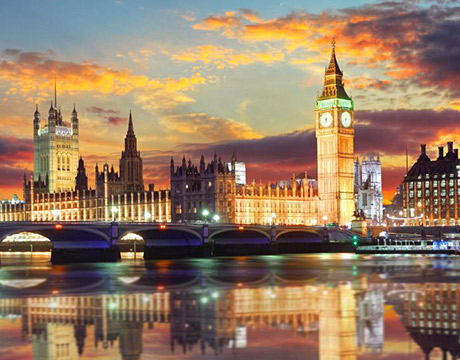
London
United Kingdom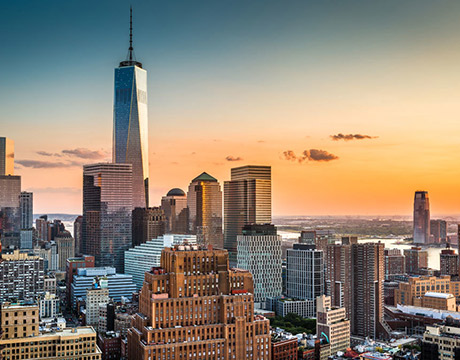
New York
USA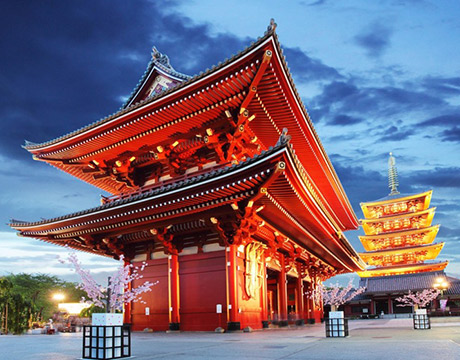
Tokyo
Japan
Bangkok
Thailand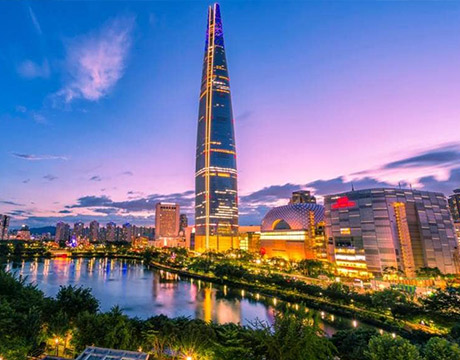
Seoul
South Korea
Vientiane
Laos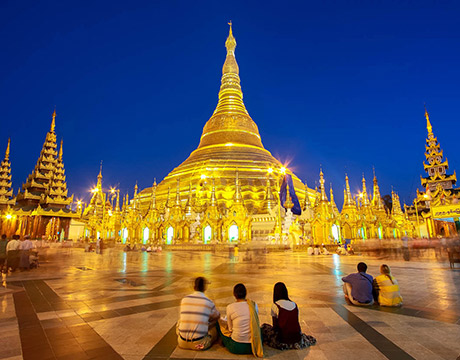
Yangon
Myanmar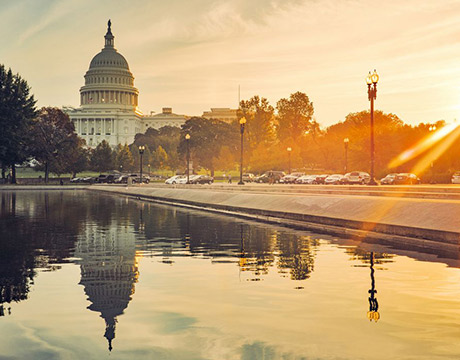
Washington DC
USA
Los Angeles
USA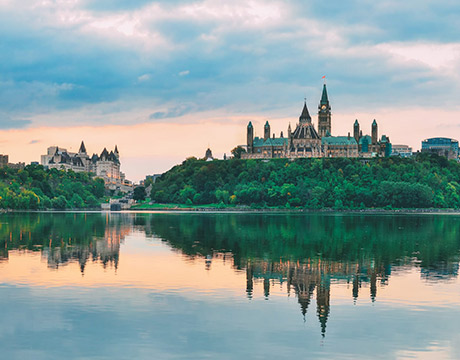
Ottawa
Canada
New Delhi
India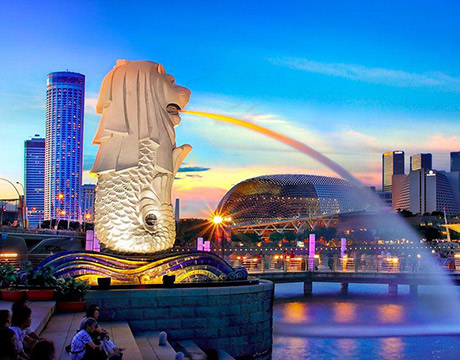
Singapore
Singapore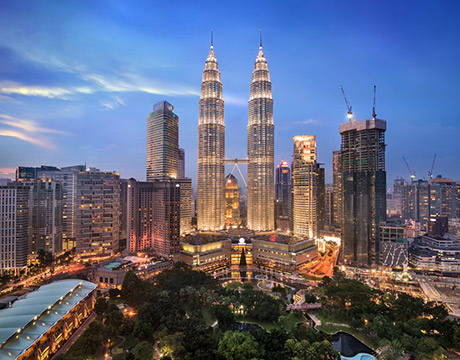
Kuala Lumpur
Malaysia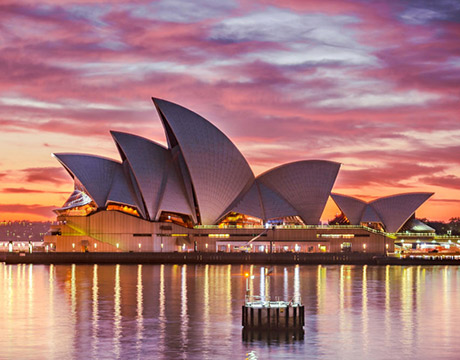
 English
English French
French Khmer
Khmer Thai
Thai Vietnamese
Vietnamese Chinese
Chinese Korean
Korean German
German Japanese
Japanese Italian
Italian Russian
Russian Spanish
Spanish Dutch
Dutch Indonesian
Indonesian Malay
Malay

